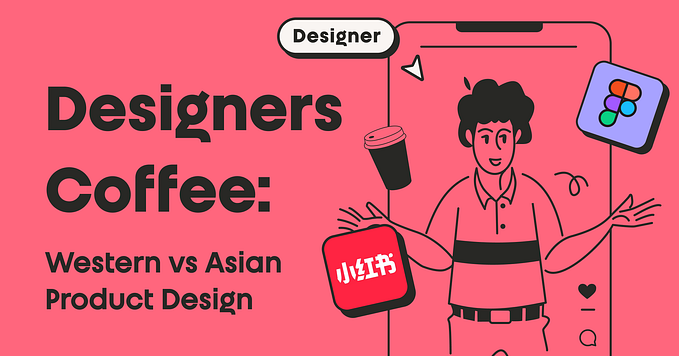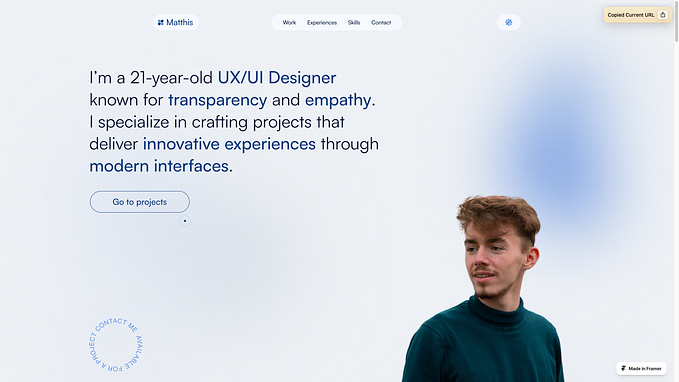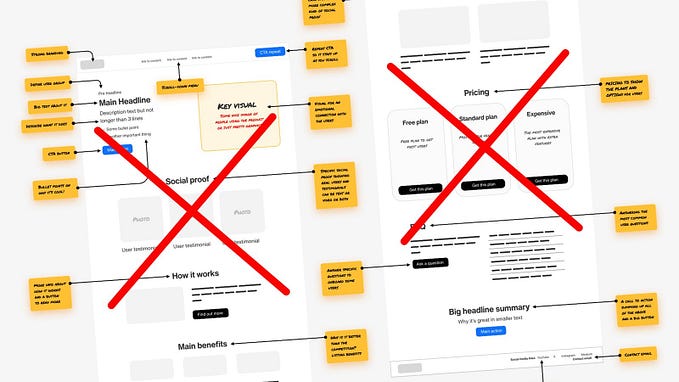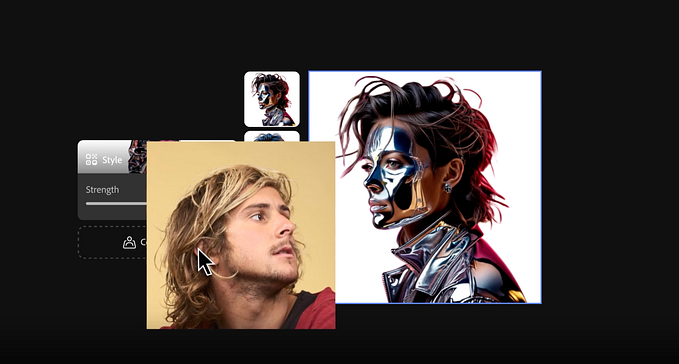Member-only story
Figma AI is going to change your design job applications
And it starts with your design portfolios.
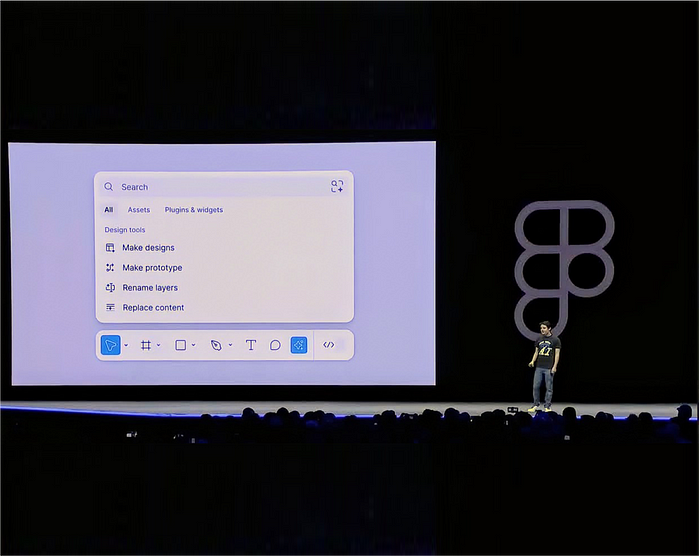
Barely more than a week has gone by since Figma’s first APAC conference took place, and the post-adrenaline is still kicking in.
For many Asians and people living halfway around the globe, having the leader of digital design come closer to us have been delightful. I was no exception, because despite repeating the same product releases in Config 2024, the key points only reinforces what I knew about a week before.
Here are the three big announcements in a few words: UI redesign, Figma AI, and Figma Slides (or Flides). Compared to last year’s release of the Dev Mode, which I had written about before, this year’s release was more tactical and expected.
Yes, Figma is indeed getting more complex with the addition of new enhancements happening every month; thus, the call for a simpler UI is almost necessary since the last time it did an overhaul was when the product was first released.
And yes, despite Figma being late in the slides game with PowerPoint, Google slides and Canva dominating the market, it only made sense to create a revenue model out of this if most Figma users are already creating Figma presentation slides, with lots of pain. After all, if 3.5 million slide decks were created in Figma last year, Figma Slides felt like a natural extension to incentivize more people to use one platform to bring everyone together. At a price, of course.
Which leaves us with Figma AI.
Obviously, every tech company has jumped on the AI bandwagon since emergence of LLM in late 2022, so at what point would Figma participate in those conversations? It turns out that Figma did deliver on those expectations, and they had went big with AI in this year’s release.
4 big AI features were announced in Config24
- Make designs: giving users the superpower to generate mockups based on a few sentences as a prompt.
- Rename layers: Figma AI would also rename the garbled names of your layers (e.g., Rectangle 459, Group 372).
- Make prototype: rather than linking various mundane paths…


